Introduction
Many people now live a consumerist lifestyle. In our culture, new things are frequently introduced, and advertising continuously entices us to make larger purchases. But what about all this consumption’s effects on the environment and society? Here comes secondhand shopping, a greener option with many advantages.In this post, we’ll look at the benefits of buying used goods as well as how it may affect society and the environment. Along with highlighting some of the top locations to find used products, we’ll also offer advice for effective second-hand shopping.
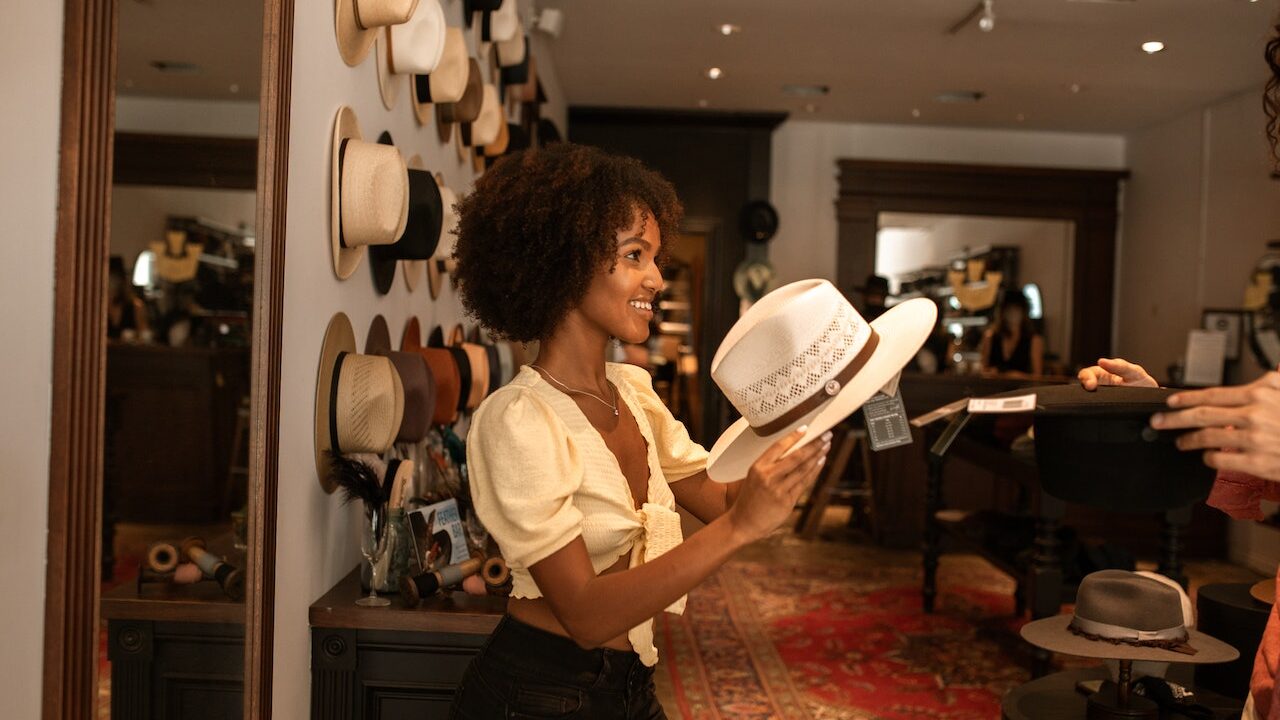
What is Second-Hand Shopping?
Purchasing items that have been someone else’s property on the second-hand market. These things might include everything from furniture to gadgets to apparel and accessories. Thrift stores, consignment stores, internet marketplaces, and garage sales are just a few venues to purchase second hand.
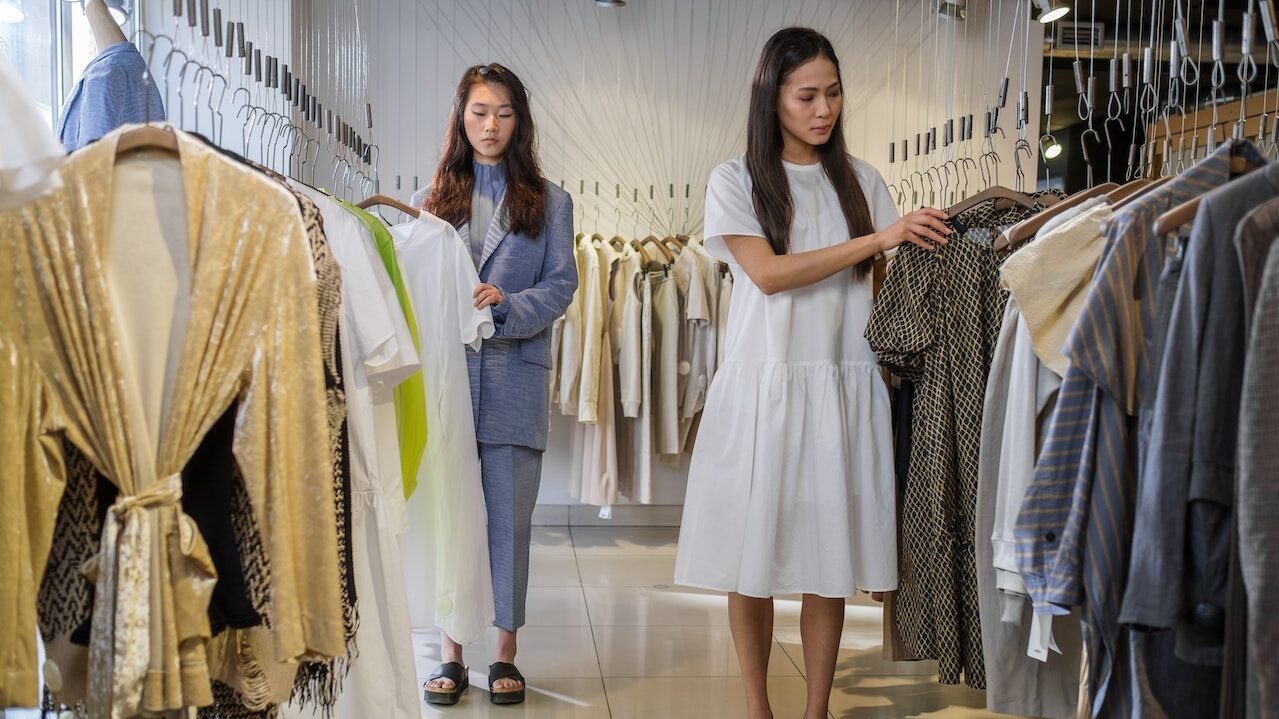
The Benefits of Second-Hand Shopping
There are many advantages to buying second-hand, including:
Environmental Impact
By purchasing used goods, we lessen the need for brand-new items and contribute to cutting down on the quantity of garbage created by society. Energy, water, and raw materials must all be used in the manufacturing of new items, which has an effect on the environment.
Cost Savings
Since used goods are frequently sold for a small portion of their new counterparts’ prices, we may save money while still purchasing the goods we require.
Unique Finds
Unlike regular retail establishments, secondhand shops are a veritable gold mine of unique and one-of-a-kind products. We can express our own style and individuality through second-hand shopping, which includes anything from antique furniture to vintage apparel.
A lot of used things are of great quality and have withstood the test of time. We can spend less money while still acquiring high-quality goods if we buy these things.
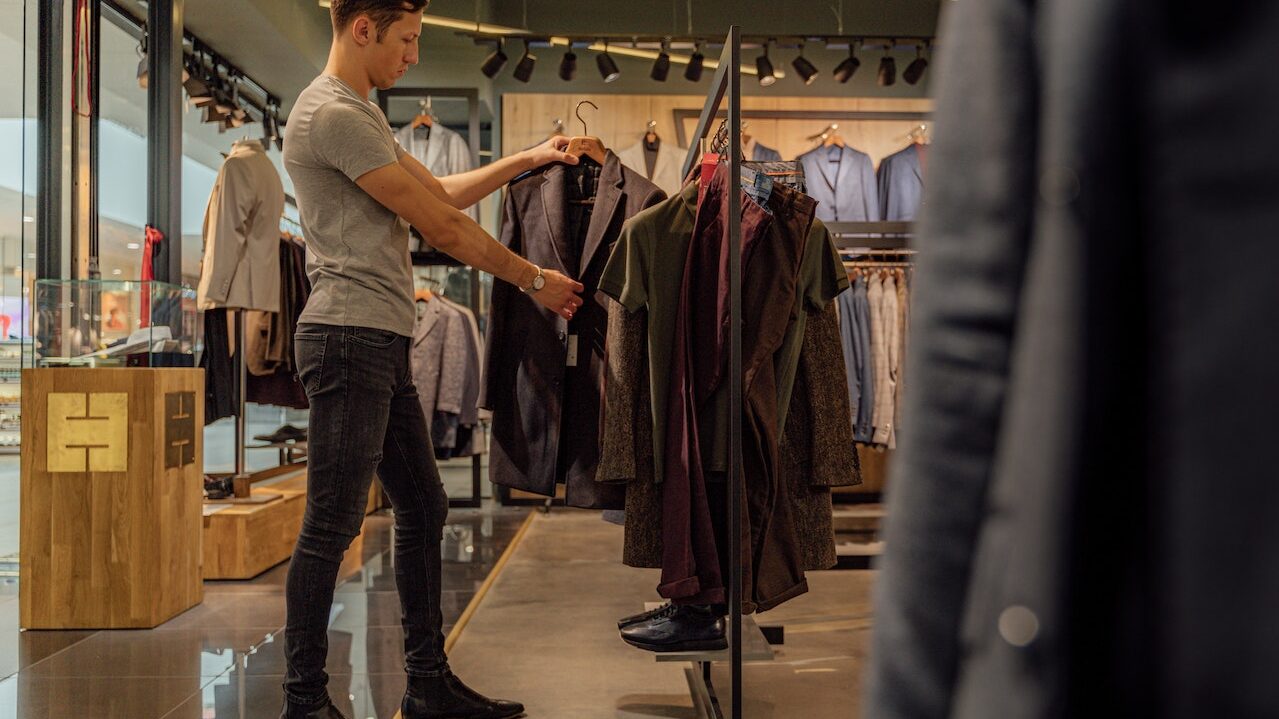
The Impact of Second-Hand Shopping
Secondhand purchases have an effect that extends beyond their particular advantages. We help create a society that is more just and sustainable when we purchase used goods. Here are a few ways why buying used might be advantageous:
- Reduced trash – As was already noted, purchasing used goods lowers the demand for brand-new goods and contributes to trash reduction. This is especially crucial in the age of rapid fashion, where clothes are frequently thrown out after only a few uses.
- Support for tiny enterprises – By making purchases at these places, we can help the local economy, as many secondhand shops are tiny enterprises.
- Social Impact – By assisting nonprofit organizations and neighborhood projects, secondhand shopping may benefit society. The majority of thrift shops are operated by nonprofit organizations, and the profits from these establishments frequently benefit neighborhood initiatives.
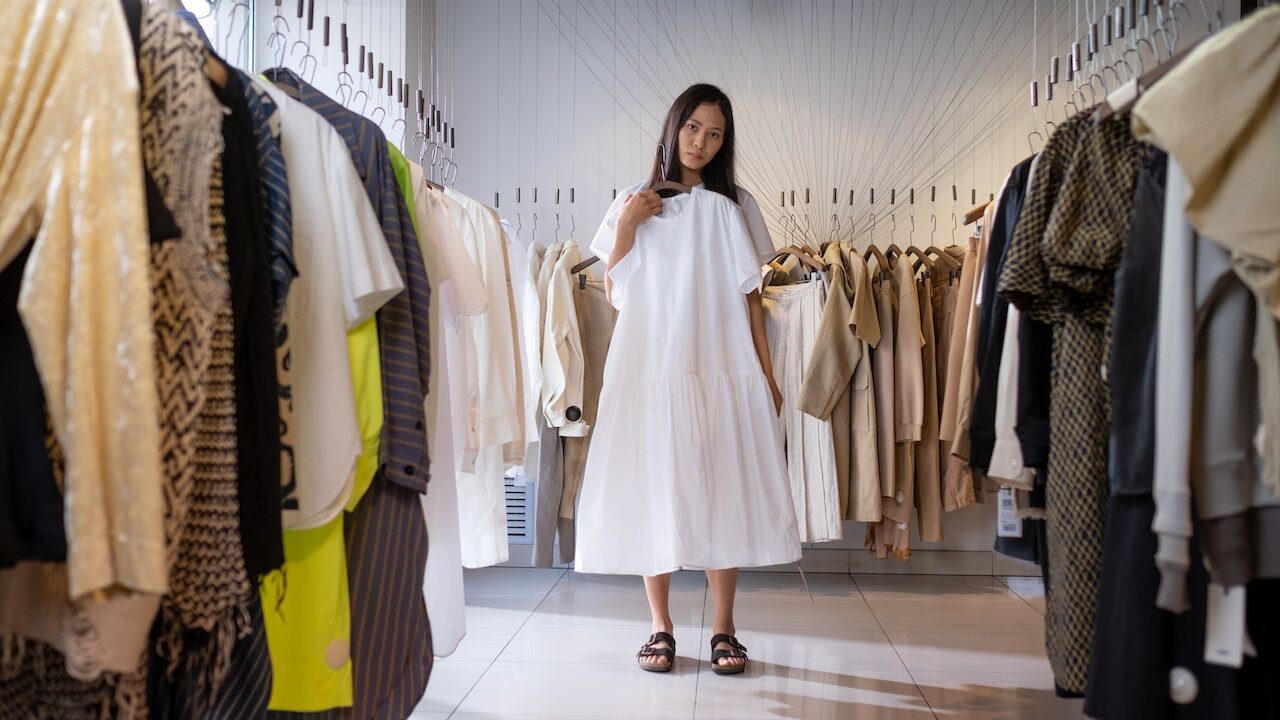
Tips for Successful Second-Hand Shopping
Here are some tips to make the most out of your second-hand shopping experience:
- Know What You’re Looking For – Create and keep to a list of the products you require. This will guarantee that you only buy what you need and help you avoid making impulsive purchases.
- Make sure the products you’re buying are of high quality and will last. Used items may show some signs of wear and tear.
- Sizing might fluctuate significantly across brands and even between various products from the same brand, so try everything on. It will be easier to assure a decent fit and prevent having to return products if you try things on.
- Don’t Be Afraid to Bargain – Many second-hand stores are open to price reductions, so don’t be shy about asking.
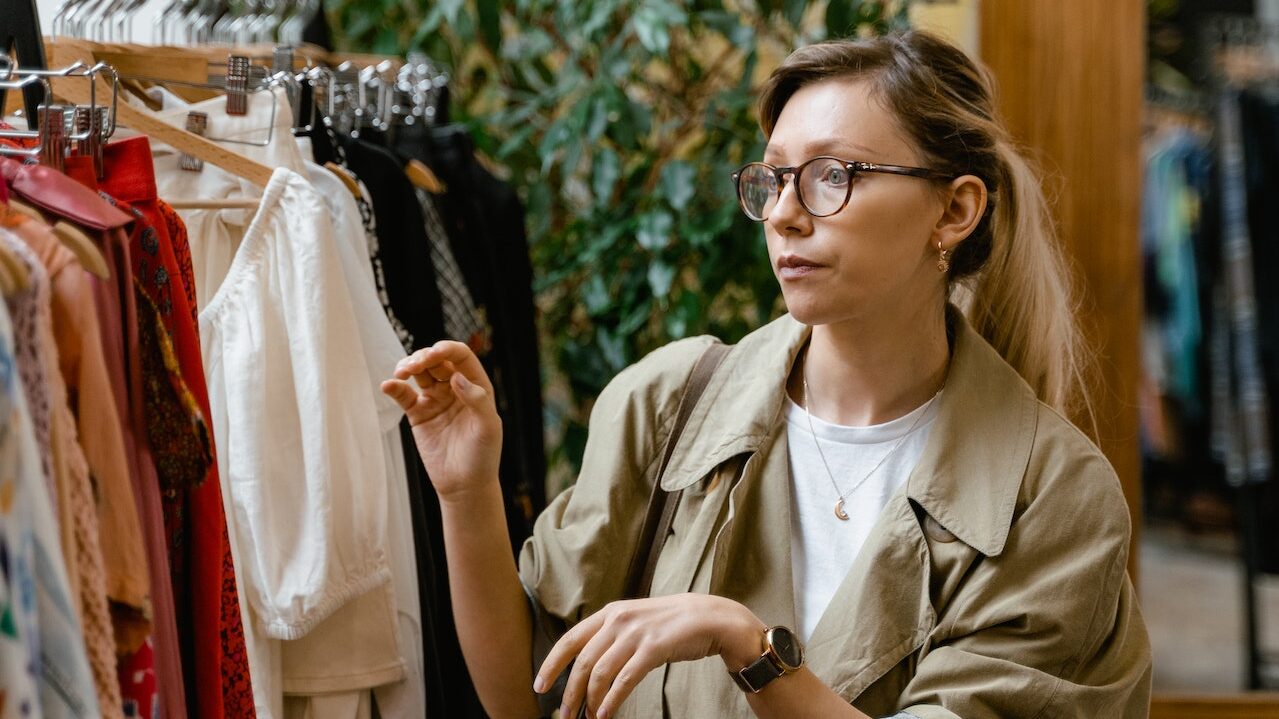
Where to Find Second-Hand Goods
There are many places to find second-hand goods, including:
- Thrift Stores – ThriftStores, also known as second-hand shops, are excellent places to discover gently used goods for a fraction of the price of brand-new ones. By making your purchases from second hand stores, you may not only save money but also help a company that supports sustainability and reuse. Since non-profit organizations typically manage thrift stores, your purchases may also contribute to a worthwhile cause.
- Garage sales – A treasure mine of used goods may be found at garage sales. People frequently offer extremely low rates for products they no longer need or desire. For information about garage sales in your neighborhood, check your local newspaper or online ads. You may even have your own garage sale to clear out your own house while earning some extra cash.
- Purchase from Small Businesses – Small businesses that deal in vintage or used goods frequently feature unusual and one-of-a-kind treasures that you won’t find anyplace else. You can encourage sustainability via reuse by supporting small companies and the regional economy.
- Online markets like eBay, Craigslist, Facebook Marketplace, and Poshmark are just a few examples of where you may purchase used goods. These websites let you purchase from the convenience of your home and frequently provide a larger range of goods than those available in real stores.
- Consider renting or borrowing an item if you just need it for a short time rather than purchasing it outright. Designer apparel and accessories are available for rent on websites like Rent the Runway and Bag Borrow or Steal. There are even websites for renting home goods like tools and appliances.
- Donate and Sell – When you no longer need something, think about either giving it to a thrift shop or selling it at a garage sale or online. By doing this, you’re saving the item from the garbage and giving it a second life. Additionally, you may earn some money or perhaps give the earnings to a worthwhile charity.
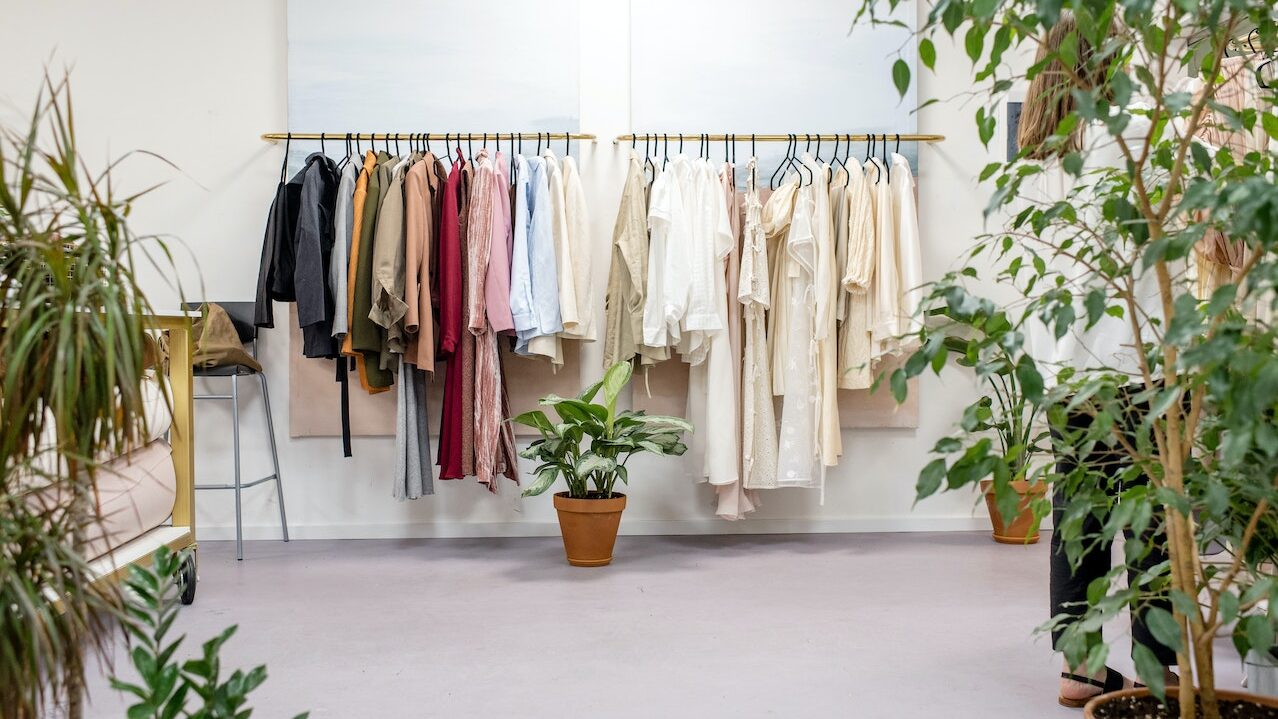
Conclusion
Purchasing used goods is not only a cost-effective alternative, but it’s also a sustainable one. You can encourage reuse and lessen waste by making used purchases. Finding used goods may be done in a variety of methods, including thrift shops, garage sales, internet markets, and small companies. If you just need something for a short while, you may also think about borrowing or renting it. And after using something up, think about giving it a second life by selling it or donating it. With so many alternatives, incorporating second-hand shopping into your sustainable lifestyle is simple.



